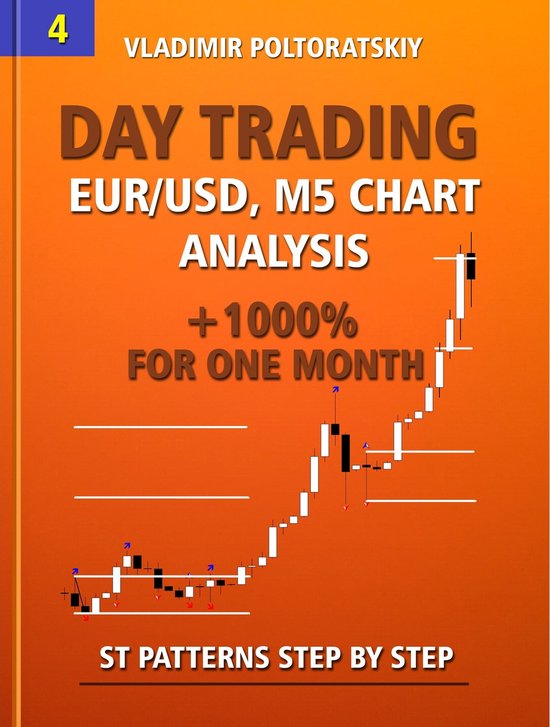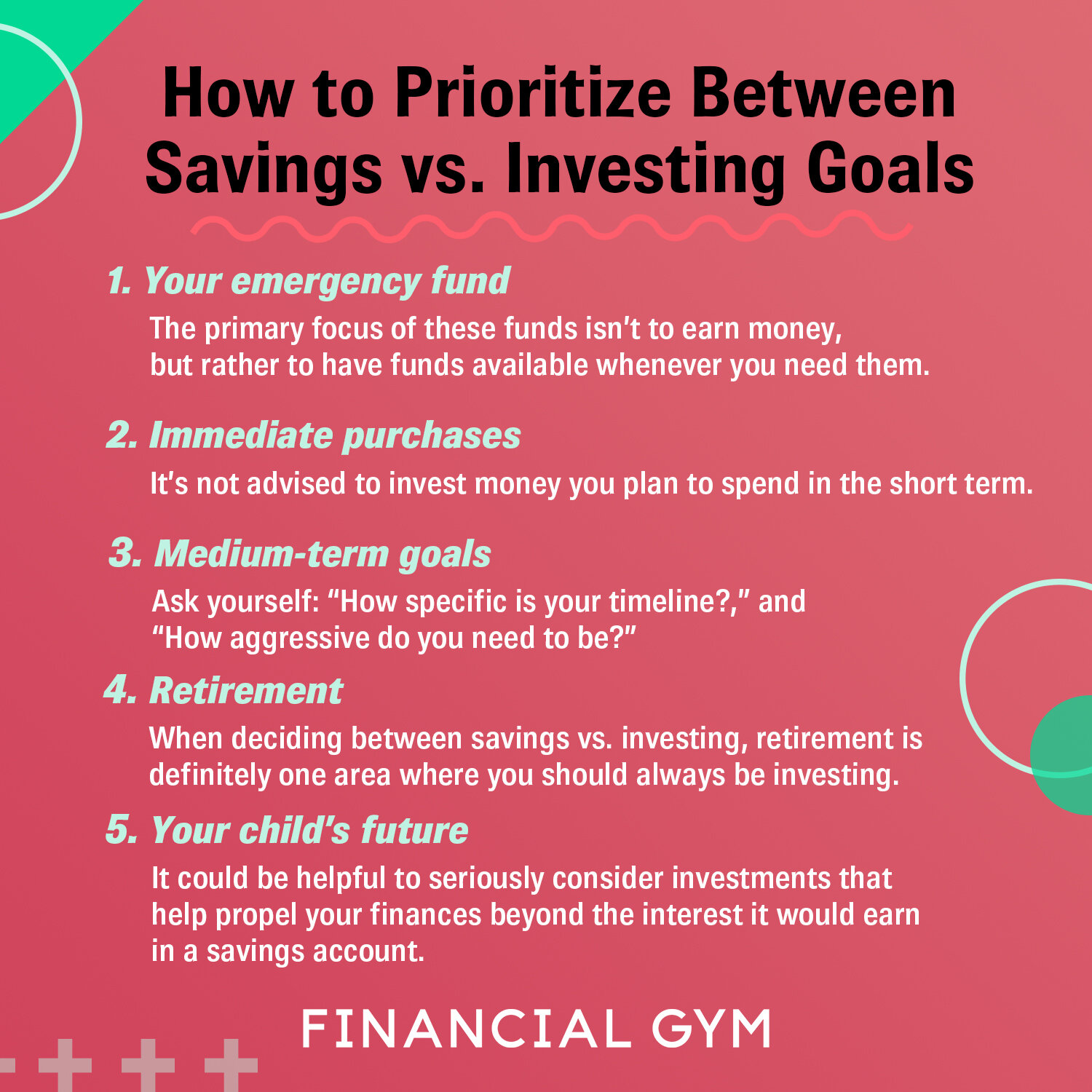
There are many things that you need to know before you start trading forex. This article will provide information on everything from Intraday strategies training to how to determine which Currency pairs to trade using a small amount. It will also cover trading fees, spreads, and how you can create a risk management program. By the time you finish reading this article, you should have a solid understanding of day trading. These tips will allow you to be confident in your ability make money in foreign exchange markets.
Training for intraday strategy
You need to be disciplined when learning forex day trading strategies. In this field, traders constantly monitor fundamental and technical indicators, as well as market sentiment, to determine opportunities and determine possible price developments. You can make a lot of money trading with just a few chips. However, you have to be aware of the risks associated with each trade. Intraday trading requires that you monitor prices and not react to emotions. This article will offer some useful tips and tricks that can help you achieve success in intraday trading.
Before beginning your own forex trading career, you should first determine your risk tolerance. Your risk tolerance will greatly affect your trading decisions. This factor will determine the trading strategy that best suits your risk tolerance. Short-term trading strategies, for example, can be more risky than long term ones because they require more trades. If you want to minimize risk, trading simulators and backtesting can be a great way to test new strategies.

With a small amount of money, currency pairs are possible to trade
The US dollar and Swiss franc are two currency pairs that beginners will find useful. While Switzerland isn't a big economy, it's still a popular pair for trading due to the Swiss franc’s stable government and financial systems during economic uncertainty. Although the pair isn’t as liquid or popular as other major currencies, it is still a popular choice for traders. However, if you have only a small amount of money to invest, this pair might not be the best choice for you.
The US dollar and Japanese yen are another pair that is low in volatility and high in liquidity. The US dollar and the yen are traded frequently in the Asian market. The Bank of Japan (Bank of Japan) and the US Federal Reserve determine their exchange rates. Other factors that determine the price of these currencies include the value of the commodities exported from Australia. It's easier to choose the right pair, as with many currency pairs.
Spreads and fees for trading
In the stock market, day traders typically purchase stocks, options, or futures contracts. Other instruments include currency, commodities, interest rate, and stock market index futures. Scalping, an intra-day strategy used by day traders to trade between set points in the day, is called scalping. They pay a commission equal to the difference between ask and bid price. These fees can greatly reduce the returns you receive.
Day trading has high transaction costs. These costs include trading charges, fees, taxes, as well as trading commissions. You must pay these fees to purchase or sell a security. These fees are an inevitable part in day trading. Day traders must take the time necessary to thoroughly research the information and make informed decisions before investing. It is clear that day trading costs are higher than many investors believe.

Creating a risk management strategy
A proper risk management strategy for day trading on forex involves identifying and quantifying your goals. A realistic goal will help you avoid frustration, and it will make trading easier. It is possible to break down your goals into smaller parts to make them easier and less stressful. A risk management strategy can be used to minimize your losses and maximize your profits. Once you've identified your goals, you can implement a plan to achieve them.
Developing a risk management strategy for day trading on Forex is vital to your overall success. A successful trading strategy can be vital, but too much risk in one trade can severely impact the value of your entire system. Incorporating risk management strategies into your trading strategy can reduce your overall exposure and help you achieve greater trading profits. The risk management PDF explains everything in simple language.
FAQ
What is a bond?
A bond agreement between 2 parties that involves money changing hands in exchange for goods or service. Also known as a contract, it is also called a bond agreement.
A bond is usually written on paper and signed by both parties. The bond document will include details such as the date, amount due and interest rate.
When there are risks involved, like a company going bankrupt or a person breaking a promise, the bond is used.
Bonds can often be combined with other loans such as mortgages. This means that the borrower must pay back the loan plus any interest payments.
Bonds are used to raise capital for large-scale projects like hospitals, bridges, roads, etc.
When a bond matures, it becomes due. This means that the bond owner gets the principal amount plus any interest.
If a bond isn't paid back, the lender will lose its money.
What is the difference between a broker and a financial advisor?
Brokers specialize in helping people and businesses sell and buy stocks and other securities. They handle all paperwork.
Financial advisors are experts in the field of personal finances. Financial advisors use their knowledge to help clients plan and prepare for financial emergencies and reach their financial goals.
Banks, insurance companies and other institutions may employ financial advisors. They can also be independent, working as fee-only professionals.
If you want to start a career in the financial services industry, you should consider taking classes in finance, accounting, and marketing. It is also important to understand the various types of investments that are available.
Why are marketable securities important?
An investment company exists to generate income for investors. It does this by investing its assets in various types of financial instruments such as stocks, bonds, and other securities. These securities have certain characteristics which make them attractive to investors. These securities may be considered safe as they are backed fully by the faith and credit of their issuer. They pay dividends, interest or both and offer growth potential and/or tax advantages.
What security is considered "marketable" is the most important characteristic. This refers to how easily the security can be traded on the stock exchange. If securities are not marketable, they cannot be purchased or sold without a broker.
Marketable securities are government and corporate bonds, preferred stock, common stocks and convertible debentures.
These securities are often invested by investment companies because they have higher profits than investing in more risky securities, such as shares (equities).
Statistics
- Individuals with very limited financial experience are either terrified by horror stories of average investors losing 50% of their portfolio value or are beguiled by "hot tips" that bear the promise of huge rewards but seldom pay off. (investopedia.com)
- US resident who opens a new IBKR Pro individual or joint account receives a 0.25% rate reduction on margin loans. (nerdwallet.com)
- The S&P 500 has grown about 10.5% per year since its establishment in the 1920s. (investopedia.com)
- "If all of your money's in one stock, you could potentially lose 50% of it overnight," Moore says. (nerdwallet.com)
External Links
How To
How to create a trading plan
A trading plan helps you manage your money effectively. It helps you understand your financial situation and goals.
Before you create a trading program, consider your goals. It may be to earn more, save money, or reduce your spending. You may decide to invest in stocks or bonds if you're trying to save money. You can save interest by buying a house or opening a savings account. Maybe you'd rather spend less and go on holiday, or buy something nice.
Once you know your financial goals, you will need to figure out how much you can afford to start. It depends on where you live, and whether or not you have debts. You also need to consider how much you earn every month (or week). Income is the sum of all your earnings after taxes.
Next, you will need to have enough money saved to pay for your expenses. These include rent, bills, food, travel expenses, and everything else that you might need to pay. Your monthly spending includes all these items.
You will need to calculate how much money you have left at the end each month. That's your net disposable income.
You're now able to determine how to spend your money the most efficiently.
To get started, you can download one on the internet. Or ask someone who knows about investing to show you how to build one.
Here's an example spreadsheet that you can open with Microsoft Excel.
This graph shows your total income and expenditures so far. It also includes your current bank balance as well as your investment portfolio.
And here's another example. This one was designed by a financial planner.
It will help you calculate how much risk you can afford.
Do not try to predict the future. Instead, focus on using your money wisely today.